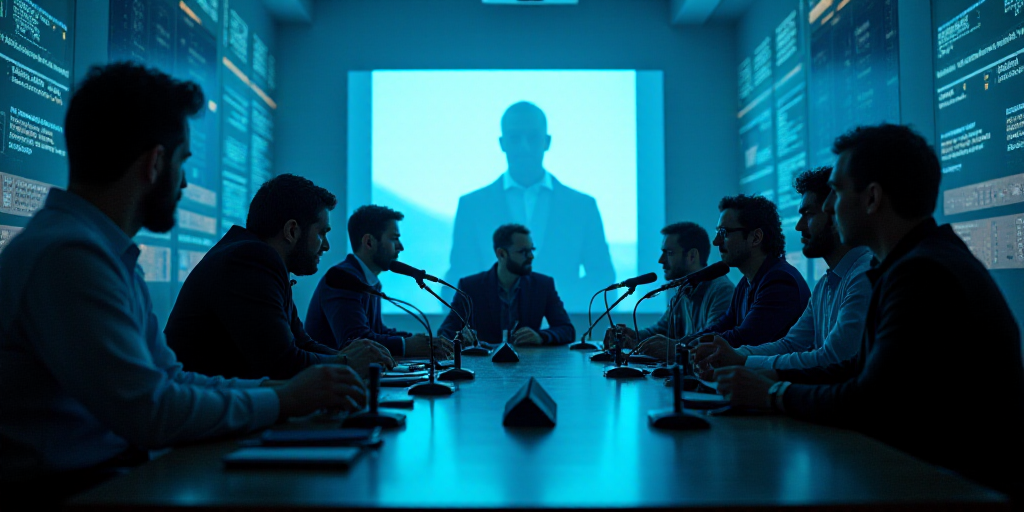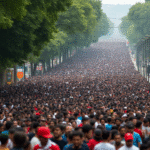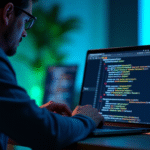A New Era for UNAM’s Largest Dissemination Event
The University Nacional Autónoma de México (UNAM) is taking a historic turn with its largest dissemination event, the Fiesta de las Ciencias y las Humanidades. The event, now rebranded as Synapsia 2025, is moving to a new location in the Centro Histórico, aiming to strengthen the connection between the university, the city, and the community. The festival will take place on October 10th and 11th, from 10:00 to 17:00, and is expected to attract around 15,000 attendees.
A Massive and Everyday Focus
On September 30th, the proposal for Synapsia 2025 was unveiled as a “natural evolution” of the previous event, with the goal of amplifying its impact and reach. Dr. Manuel Suárez Lastra, Director General of Science Dissemination at UNAM, highlighted the event’s magnitude, featuring massive participation with over 500 contributors, including researchers, workshop leaders, artists, and disseminators. The event will also receive support from more than 100 UNAM entities (faculties, institutes, schools) and approximately 80 national and international institutions.
Return to the University’s Birthplace
The relocation of Universum from Ciudad Universitaria to the Barrio Universitario in the Centro Histórico is a strategic move to increase outreach and revitalize the cultural corridor. Historical sites like the Colegio de San Ildefonso, the Escuela Nacional Preparatoria (ENP), the Antigua Escuela de Jurisprudencia, and the Museo de las Constituciones will transform into innovation, dialogue, and experience hubs.
The Barrio Universitario, particularly San Ildefonso Street, is considered the historical birthplace of UNAM. Utilizing these buildings connects the university’s history and modernity, reinforcing its cultural extension role and returning society the fruits of its research in the place where its history began.
Science and Art as Fertilizer for “Culture of Peace”
In the context of violence and uncertainty affecting the university community, mass events like Synapsia gain special relevance. Recently, UNAM has faced the suspension of activities in at least 15 campuses and the transition to virtual classes in two others due to the murder of 16-year-old Jesús Israel at CCH Sur and subsequent threats against the student body.
As a security measure, key faculties such as Filosofía y Letras, Políticas y Sociales, Ingeniería, Artes y Diseño, Derecho, and the Escuela Nacional de Trabajo Social have temporarily halted activities until early October, with some extensions like Arquitectura and FES Acatlán. In response, UNAM has filed criminal complaints with the Attorney General’s Office and cyber police regarding false bomb threats and digital threats against community members, as announced by the Chemistry Faculty, which extended its strike indefinitely.
In this context, organizers emphasize that dissemination events like Synapsia are crucial for building peace, dialogue, and social reconstruction:
Key Questions and Answers
- What is Synapsia 2025? Synapsia 2025 is a free, massive science and culture festival organized by UNAM to reconnect society with knowledge through a multidisciplinary and inclusive approach.
- Why is Synapsia 2025 moving to the Barrio Universitario? The relocation aims to increase outreach and revitalize the cultural corridor, connecting UNAM’s history and modernity.
- How does Synapsia 2025 promote peace? By bringing together science, art, technology, and law, Synapsia 2025 fosters values like hope, empathy, and inclusion in the university community.
- What is UNAM’s response to recent security concerns? UNAM has filed criminal complaints and communicated digital threats to relevant authorities, emphasizing the importance of knowledge as a democratic necessity.
Event Details:
- More than 500 participants, including researchers, workshop leaders, artists, and disseminators.
- Collaboration from around 80 national and international institutions.
- Expected attendance of approximately 15,000 people.






